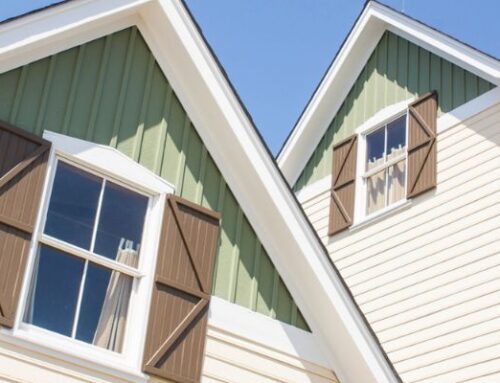When’s the last time you checked the shingles on your roof to see if they looked normal or worn? The roof is such an important part of the house, and those shingles help protect you and your family from all sorts of bad weather.
Sometimes shingles are damaged beyond repair and it’s time for a roof replacement. How would you know when “it’s time?”
Here are 4 shingle signs that indicate you might need to replace your roof sooner than later.
#1 Curled or clawed shingles:

Due to aging, ice-damming and weathering some shingles curl up around the edges. These curled shingles are vulnerable and can easily be blown away by strong winds or stormy weather. Just like curled shingles turn upward, clawed shingles turn downward like the shape of a claw. With clawing, the bottom layer of the shingles shrink and become smaller. Clawing happens when the shingles are exposed to excessive heat that builds up inside the shingles. If the shingles are not getting proper air circulation due to the area around the attic being windowless, heat gets trapped inside the shingles and does not move out. Curling or clawing is an indication that your roof needs new shingles.
#2 Presence of dark spots on the shingles:
Shingles have a layer of protective granules that prevent damage from scorching sunlight, ice, snow, excessive rainfall, and heat… but with time and excessive weathering, granules start falling off the shingles, which means that the protective layer gets destroyed. The spaces where the granules have fallen off form a dark spot. Due to this, the efficiency of the shingles deteriorates, resulting in hardening and brittleness. Such shingles are not providing any protection to the roof– instead they are causing more damage. Get damaged shingles replaced as soon as possible.
#3 Presence of cracked or broken shingles:

When inspecting the roof, if you find a couple shingles are damaged, then you can get them repaired sooner or later. But if the number of cracked and broken shingles is too many to count with one hand, then don’t delay the issue. Such damaged shingles will let rainwater, moisture, and/or snow trickle into the roof foundation and cause damage to the house’s ceilings and walls. Cracked and broken shingles also decrease the work efficiency of both the roof and the gutters.
#4 There’s moss growing on the shingles:
Generally, if you are not keeping your roof well-maintained, moss and mildew can start growing due to moisture buildup inside the shingles. The presence of dark green moss on the roof shingles indicates that the roof has lost its ability of self-drying. The shingles trap the moisture content present in the rainwater, ice, and snow and if this moisture is not removed it will definitely lead to the growth of more moss and mildew. If you are ignoring the problem, the moss growth can seep into the ceiling(s) and walls of the house and cause damage to the structural integrity of the house.
If damage caused by moss is beyond repair then you need to have better shingles for the roof.
Summary:
Shingles help a roof do its job. If and when you’ve got damaged shingles, problems happen. You don’t want water leaking into your ceiling(s) or wall(s). Therefore, take care of bad shingles before they cause you a major headache. Consult a professional who knows all about roof shingles so you make sure you’re getting the best shingles for your roof.






